Categorical Data Analysis (SL_117)
About Study Course
Objective
Since most of statistical data is of categorical nature, then the aim of the course is to point out the specific features of this type of data and to teach the respective methods of statistical analysis.
The course will be mostly on methods and application, to some extent mathematical background and justification of the methodology will be provided. Statistics software Jamovi will be used for computer labs, where real datasets covered in lectures will be analysed by students, so that they would connect theory and practice, so that students would become confident in using the methodology in practical data analysis.
Learning outcomes
1.• On successful course completion students will be familiar with a range of statistical analysis methodology available for categorical data. They will know and interpret the large sample as well the small sample tests.
• Will detect the nature of categorical data; how to measure dependence between categorical variables based of the type of study and type of variables (nominal or ordinal).
• Students will demonstrate how to model a binary outcome variable using continuous or categorical variables.
1.• Student will understand and explain the effect of different types of data collection methods to the random nature of the frequency table. Interpret the distributional models for the frequency table, for its rows and columns.
• Explain the dependence measures defined on the joint distribution of 2 categorical variables (relative risk, odds ratio, etc.), can interpret and estimate them.
• Can test goodness-of-fit of data with the assumed distributional model, can test independence of categorical variables.
• Can model the categorical variable (binary, in special case) by other variables.
• Can apply independently his/her knowledge on real data.
1.• On successful course completion student will be competent to read and critically assess the scientific publications that have used categorical data in their analysis.
• Student will be competent to plan and execute data analysis with categorical data.
Study course planning
| Study programme | Study semester | Program level | Study course category | Lecturers | Schedule |
|---|---|---|---|---|---|
| Biostatistics | 2 | Master's | Required |



